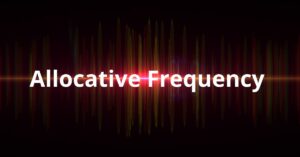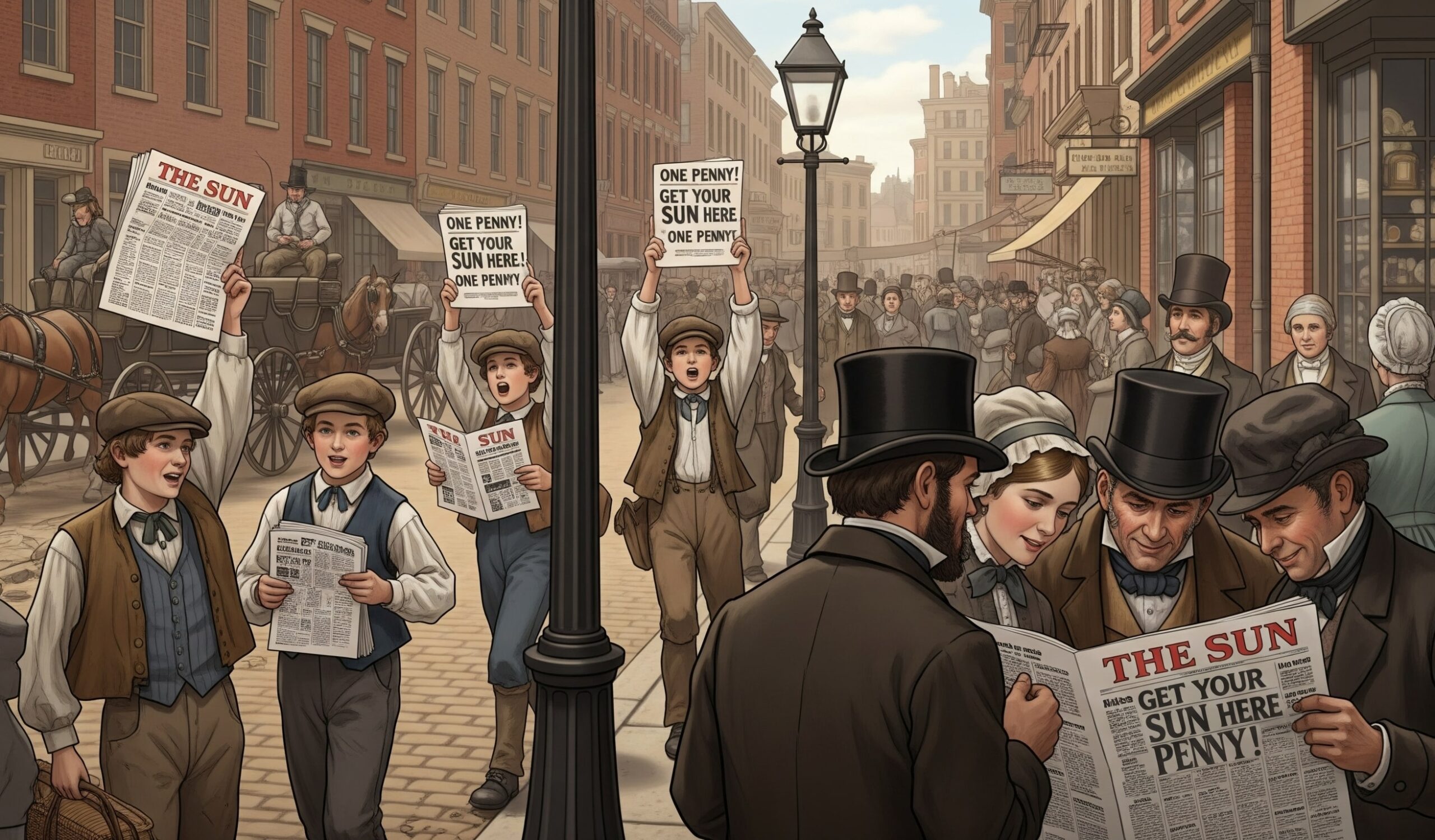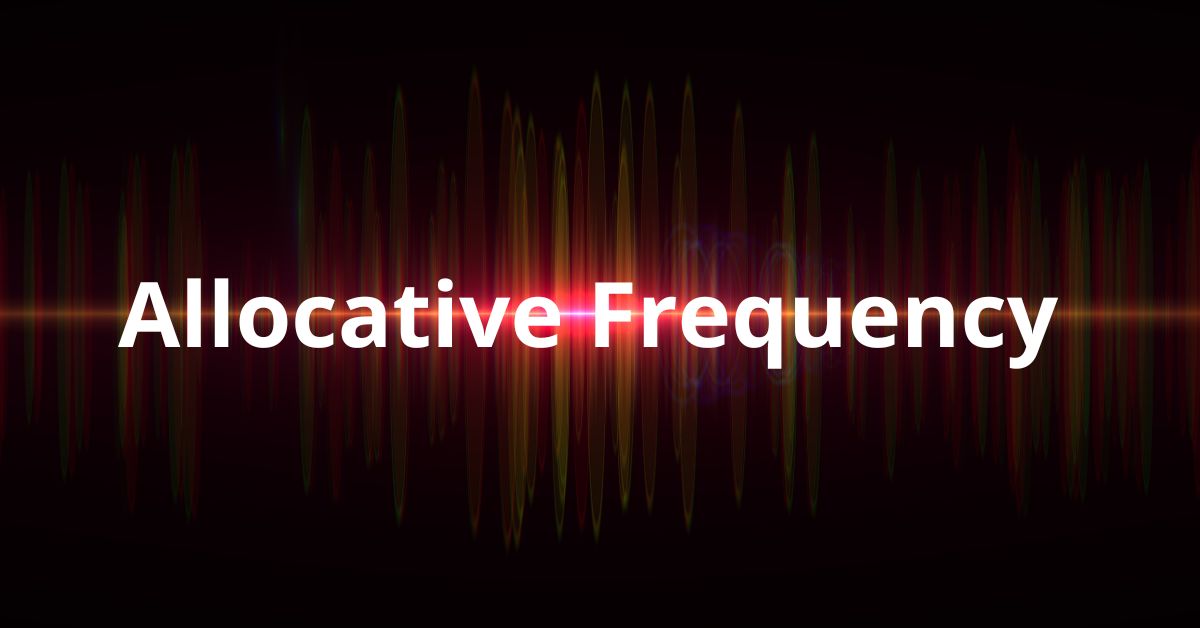According to Charles Pierce, sign stands for its
(A) Need
(B) Correction
(C) Deviation
(D) Object
Correct Ans: (D)
Explanation:
Charles Peirce, a well-known philosopher and semiotician, introduced a detailed theory of signs. According to him, a sign is something that represents or stands for an object. This object can be anything—an idea, a person, or a thing. Peirce’s semiotic theory explains how humans interpret signs and symbols in communication.
He divided signs into three main categories: icons, indices, and symbols. Icons resemble the object they represent, such as a photograph. Indices have a direct connection with their object, like smoke indicating fire. Symbols, however, rely on convention and learning, like words in a language.
A sign does not function alone; it interacts with an object and an interpretant. The interpretant is the meaning derived by the receiver. This process, known as the triadic model, differentiates Peirce’s theory from Ferdinand de Saussure’s dyadic model of signs.
Peirce emphasized that a sign cannot exist without an object. It must have a referent to convey meaning. For example, a road sign points toward an actual place, and a word refers to an idea or thing. Understanding this relationship helps in decoding messages in various forms of communication, including media, advertising, and literature.
In summary, Peirce’s theory highlights that a sign always represents an object, making interpretation possible. This concept plays a crucial role in linguistics, media studies, and communication research.




















